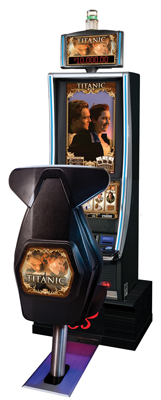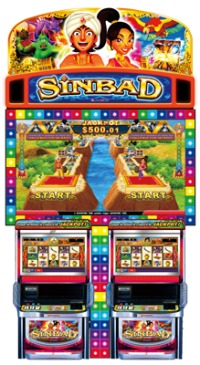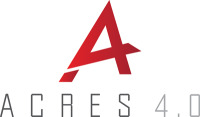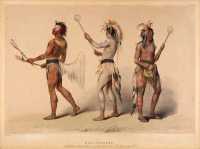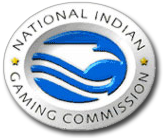
Gaming Partners International manufactures and supplies a wide range of table game products and equipment to licensed casinos worldwide. Under the brand names of Paulson, Bourgogne et Grasset and Bud Jones, GPI provides high-quality casino currency such as chips, plaques and jetons, as well as gaming furniture, layouts, cards and accessories. GPI also is a leading provider of RFID currency and products and table game solutions.
GPI has one of the most extensive suites of gaming currency and currency security features available in the industry. From American-style Paulson, Bud Jones and B&G chip lines, to B&G European-style plaques and jetons, GPI provides customers with an extensive array of options that help them meet their property’s specific requirements.
GPI invests resources into continually developing and innovating new products that offer new solutions to customers’ needs and changing requirements.
One of GPI’s newest products, the Paulson Denomination mold, features the chip’s denomination stamped into the outer ring of the mold, making the chip much more difficult to counterfeit. Another new currency product is the B&G J3 jeton, a revolutionary currency product that combines features from American-style chips and European-style plaques and jetons.
The J3 is available in numerous edge spot designs and patterns with a multitude of security features. Two of the newest security features are 4C-UV and EM Detection. 4C-UV incorporates a four-color image or pattern onto a chip’s decal and can be easily authenticated at the table with a standard UV light. EM Detection deters internal theft by sounding an alarm whenever unauthorized attempts are made to remove currency from the property.
GPI also manufactures a full range of gaming furniture including gaming tables and pit podiums. Two newer furniture offerings are two quick-change table top options that make switching layouts on tables a quicker, simpler process, thus reducing game downtime lost to more traditional methods of changing table layouts.
For more information on any GPI products or on the full suite of table game products and accessories, contact a local GPI sales representative or visit www.gpigaming.com.





